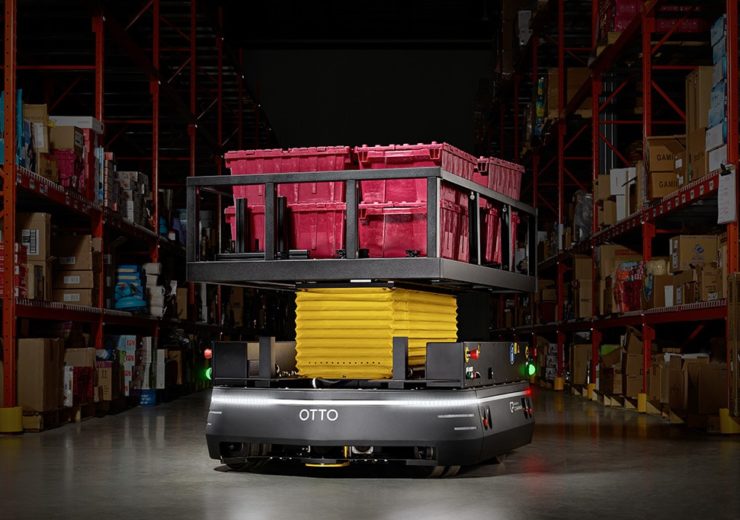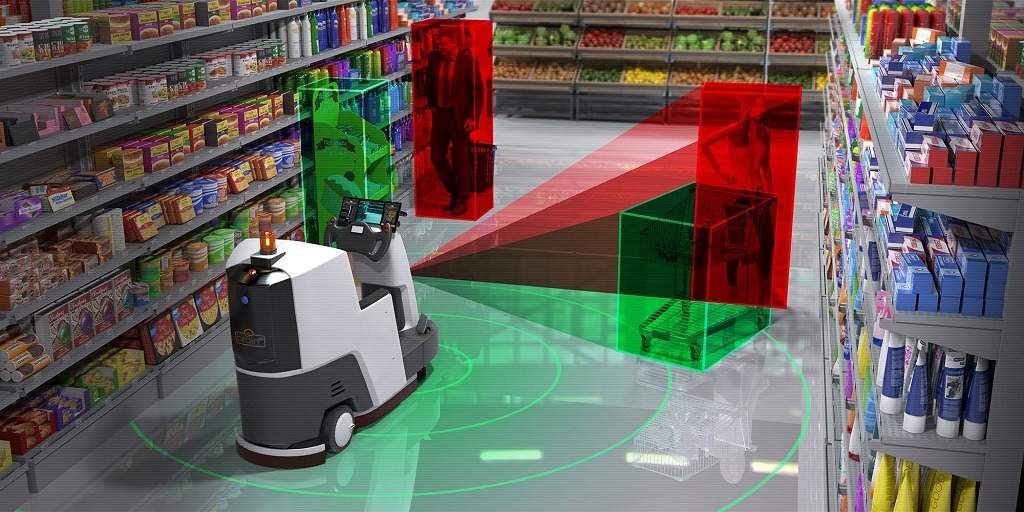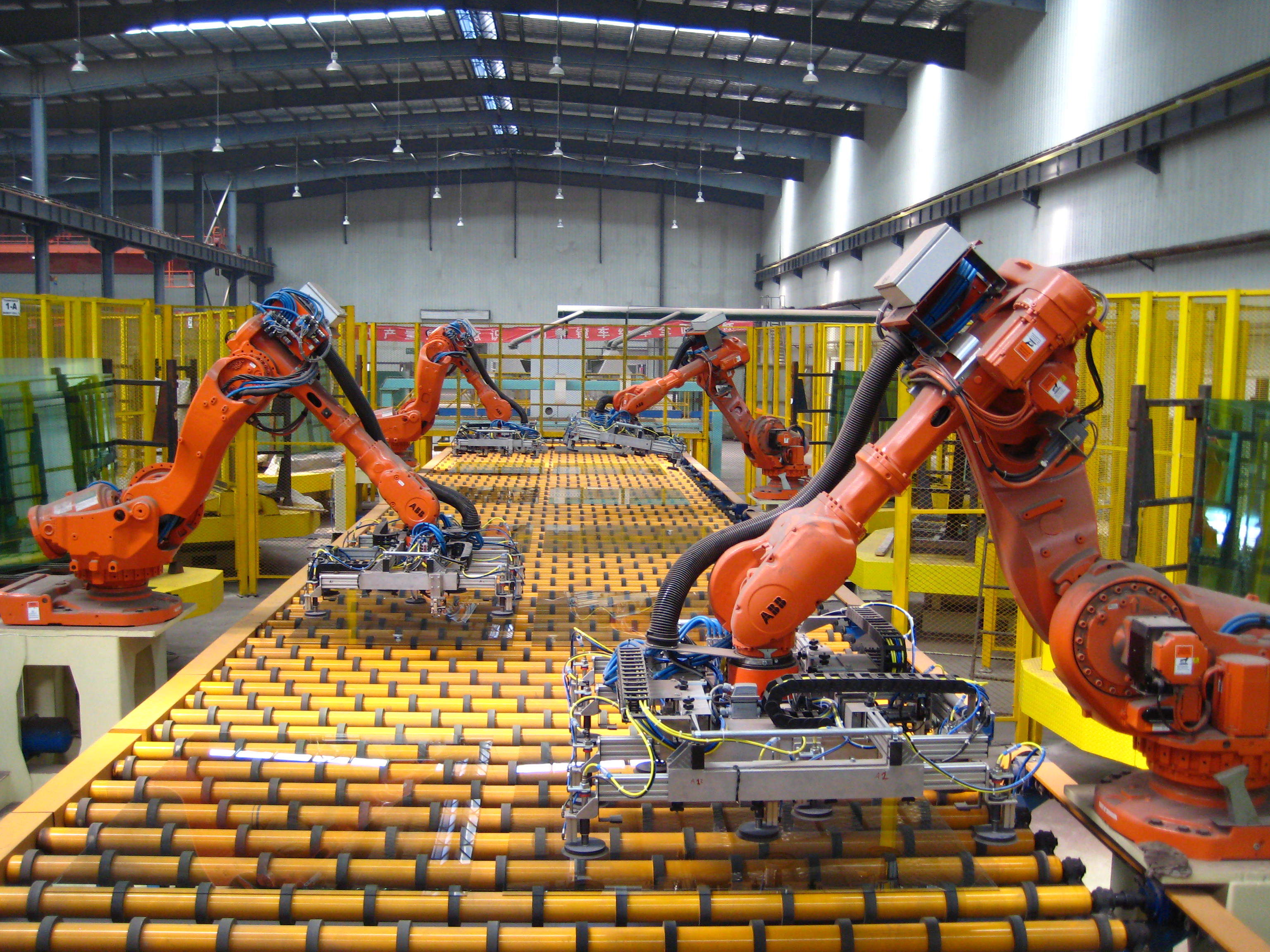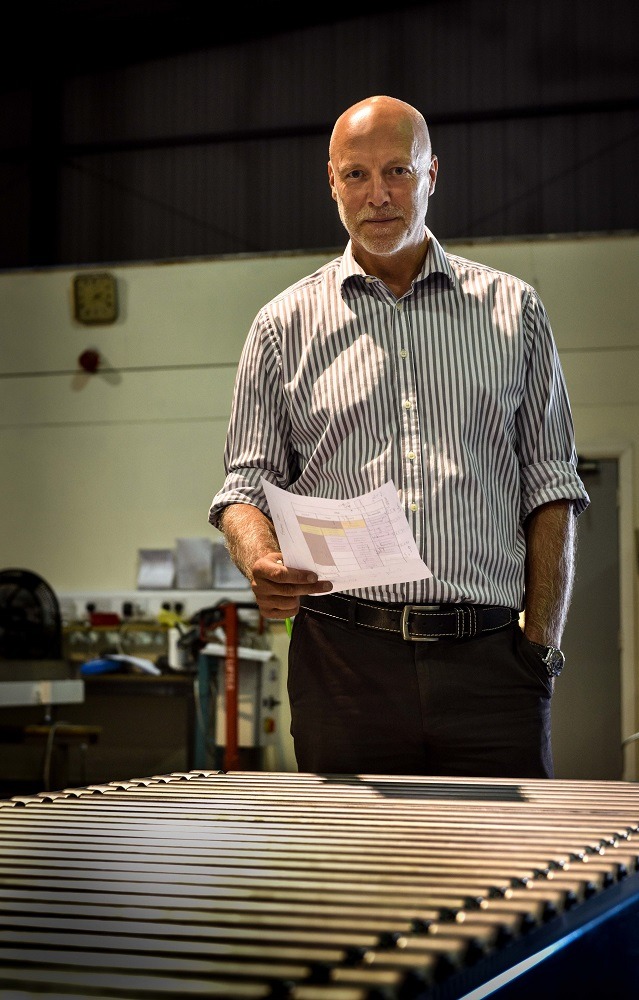With autonomous vehicles set to play an important role in future warehouses and factories, LAC Conveyors and Automation CEO Chris Unwin discusses how best to introduce them

Otto has developed autonomous vehicles for transporting goods in warehouses and factories (Credit: Ottomotors.com)
The day when our roads are filled with autonomous vehicles is growing nearer – but in the warehouse and factory, they’re already playing a key role.
Many large businesses are ahead of this trend, particularly in the manufacturing and logistics industries due to their reliance on automation to transport goods within the production processes.
But the same isn’t necessarily true for small companies.
Whether this is due to the short-term capital funding availability or being sceptical of the true benefits isn’t clear, but it’s predicted this technology will be utilised by increasingly more SMEs in the years to come.
Chris Unwin, CEO at UK engineering firm LAC Conveyors and Automation, discusses which considerations must be made by smaller companies looking to implement autonomous vehicles (AVs) into their production process and identifies the different factors that should be considered before an investment.
Understanding automation in warehouses and factories
There is naturally a divide between perceptions of automation, particularly within the workplace.
The main industry target for these AVs is within manufacturing warehouse environments, where they are able to deal with heavy loads – with some of the more sophisticated forms of AV able to manoeuvre around potential hazards, as opposed to sticking to traditionally fixed routes.

The mobility of industrial AVs is limitless. This can span from long-haul trucking technology to drones and autonomous robotics on factory warehouse floors that are responsible for transporting goods.
This has all been made possible with large developments in sensor technology and artificial intelligence in recent years – allowing AVs to learn to classify what they cross paths with and how to effectively learn from any mistakes.
Industry implications and opportunities for autonomous warehouse vehicles
While AVs are undoubtedly bringing a disruptive change to the manufacturing industry, it is important to weigh up both sides when assessing the value that an AV could bring to a business.
A common worry when considering AVs is the societal implications of driverless vehicles making strategic decisions based on algorithms programmed and taught, as opposed to human judgement.
As the concept of AVs is relatively new, many businesses believe that further testing is needed to understand vigorous health and safety notices before purchasing.
AVs have also not been designed to replace human jobs, but to support team members during their work activities.

In many large production lines, such as Tesla , employees are a huge part of the production process.
Human awareness is usually needed to assess timings for health and safety
reasons and visualise the finished product.
Opportunities for employing autonomous warehouse vehicles
There are copious opportunities for AVs within the production process. These include – but are not limited to – cost advantages, improved safety and being able to meet customer requirements and expectations.
Although the initial cost of a chosen AV could be significant, it is a long-term investment that is not only bound to deliver capital back but also can help to make considerable cost savings when handling raw materials, product transportation and the costs associated with manual labour.
For example, automation can increase productivity by reducing the time taken to perform repetitive jobs – freeing up staff to complete more technical tasks.
It can also reduce the amount of product defects or faults that might have been caused through human error, increasing overall customer satisfaction.
Providing support with AVs within a warehouse or manufacturing environment can also help meet the heightened demands of customer and supply chain requests, particularly during peak seasons such as Christmas.
They can also help to speed up production time as a whole, as well as the increasing volume of products manufactured.
The minimal physical human demands of AVs also allows businesses to operate at all hours of the day to maximise productivity, proving valuable to many businesses.

Before deployment, autonomous warehouse vehicles are thoroughly tested in different environments to assess their level of risk within potentially harmful environments such or low-quality working conditions, which would not be suitable for human employees due to the associated risks.
This could be extreme temperature levels or surroundings that contain dangerous chemicals, for example.
Most importantly, there are major benefits for staff.
Workers will be less bored as a result of the automation of repetitive or monotonous tooling processes – meaning they can focus on delivering higher standards of work and better products.
There will also be less training required for members of staff as they will no longer have to concern themselves with completing certain jobs.
Considerations for smaller businesses thinking about the use of autonomous warehouse vehicles
When adopting and deploying AVs into a business, a host of employees from different departments should have an input to where these advanced mobile technologies should be launched.
By gathering different opinions, and not just from an executive point of view, this can support departments that actively need it and showcase that you care about your staff and are willing to invest in them.
Furthermore, smaller businesses that contemplate introducing AVs into their manufacturing side of the business must consider the financial investment needed versus the proposed return.
Luckily for AVs, the return on investment (ROI) can be tangibly measured through the tasks programmed.
These include a reduction in time taken for monotonous and tedious tasks, less training required, easily meeting internal and external compliances, and reducing the number of defects likely to be caused by human inaccuracy.
For businesses looking to implement automation into their existing production operations, it is essential to introduce robotics in the right way to your existing employees.
This level of consideration could be the point to where your workforce wants to comply with the idea of supporting their day-to-day activities or to withstand the idea.
Ensuring transparency is the key to AVs becoming a successful asset to any business.


